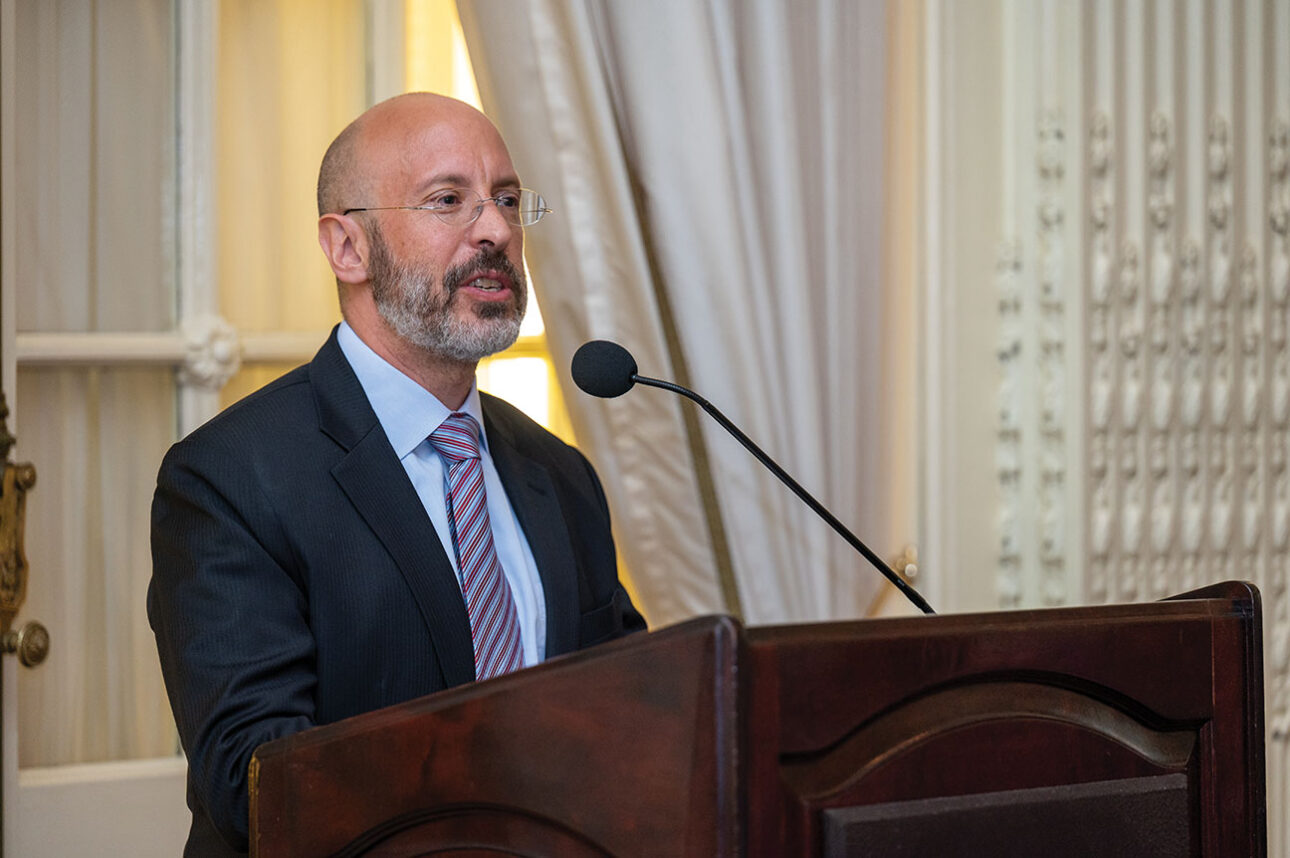My sister Julie was not bat mitzvahed. She does not read Hebrew. She attends synagogue exactly four times a year, observes the first night of Passover and celebrates Purim. She lives in Montecito, a lovely suburb just south of Santa Barbara, where she is known by the title: “Queen of the Jews.” She earned it.
Her journey to this lofty place among her people, alongside Leah and Rachel and Sarah, began when her son Chris was getting old enough for religious instruction. The nearest Hebrew school was in Goleta, about a 20-minute drive each way. In traffic. This meant driving more than an hour to get the kid, two hours of Hebrew school. When she asked if they could work something out for the kids in her community, they said they simply didn’t have the resources. Sorry, no, can’t help you.
Obviously, they didn’t know whom they were dealing with. If Moses had taken no for an answer when he told Pharaoh, “Let my people go,” we might still be baking bricks on the banks of the Nile. Julie didn’t part the seas, exactly, but she did arrange for a Hebrew tutor to teach a class once a week for Chris and some of his friends. On such thoughts, worlds are turned.
From such humble origins was the Montecito Country Day Shul formed. It sounds like a feeder school for Wellesley, and for good reason: More than half the families in the fledgling congregation are mixed marriages. This is the modern world, and they’re not turning a blind eye to reality. Better half-a-Jew than no Jew at all, we say.
One gentile woman who divorced her Jewish husband and remarried a gentile sends her daughter to the school. It’s like that scene in the movie “The Player,” in which the Hollywood executive goes to AA meetings because he doesn’t want to miss out on the action. We’ll take ’em any way we can get ’em.
Classes were initially held in a friend’s converted garage they called “the Bat Cave,” and the entire project was initially bankrolled by my brother-in-law, a lapsed Catholic. High Holy Day services are held in the auditorium of a facility called Casa de Maria (which my mother thought was a Mexican restaurant). In keeping with the “wandering Jew” theme, they borrowed a Torah from the UCSB Hillel house, placed it in a rented ark — actually an armoire from a local furniture store, dubbed the “Ark-moire.”
Rabbi Arthur Gross-Shaefer opened the sold-out Rosh Hashana service by assembling all the children in front of the bimah and blessing them under a canopy, a prayer shawl held aloft by the four tall members of the congregation. It was a pure goose-bump moment, followed by a little yoga breathing, which set the tone for one of the loveliest services I’ve ever attended.
If there was one knock on the “opening ceremonies,” it was that the cantor sang some modern Jewish spiritual songs by a contemporary writer. Some of us longed for the solemnity of the old melodies we grew up hearing and singing. (It was pointed out that Reform Jews complaining about the lack of tradition at High Holy Day services is like President Bush presenting an education package.)
A small congregation means that there is a strong sense of participation. Don’t read Hebrew? No problem! Hold open one of the doors on the Arkmoire. For my part, I always wanted to carry the Torah around into the crowd when everybody comes to the end of their row to touch it with their prayer books and kiss it. Now I have.
The congregation broke its fast in a typically nontraditional way, at Mollie’s, a local Italian restaurant run by an Ethiopian woman who figured that she was going to lose all of her loyal clientele to the holiday anyway. Julie bought Mollie a Pashmina shawl from Neiman Marcus as a thank-you gift, which she wore when she gave a memorable toast: “Ethiopians are just like the Jews — we come from the desert, and nobody wanted us, either.” Amen.
A New Yorker cartoon picturing three Jewish men pretty neatly sums up the debate in some quarters about who is a Jew. The first is an Orthodox Jew with a long beard, traditional hat and tefillin. The second is a Conservative Jew, a slightly balding businessman in a suit, wearing glasses and a kippah. The third is a Reform Jew, who is depicted as Santa Claus.
If there is a sense that this is “Jew-lite,” all the religion but only half the calories, there is no denying that Julie created a community where none existed before. (Montecito is not, even now, considered a hotbed of Jewish theological thought.) Next week, we’ll drive 80 miles up the coast to worship God again at Casa de Maria. Avinu Malkeinu and fajitas! This isn’t a contest about who is holiest. It is a spiritual journey and, at the Montecito Country Shul, all are welcome. n
Good yontif.
J.D. Smith is carrying the Torah @ www.lifesentence.net






















 More news and opinions than at a Shabbat dinner, right in your inbox.
More news and opinions than at a Shabbat dinner, right in your inbox.